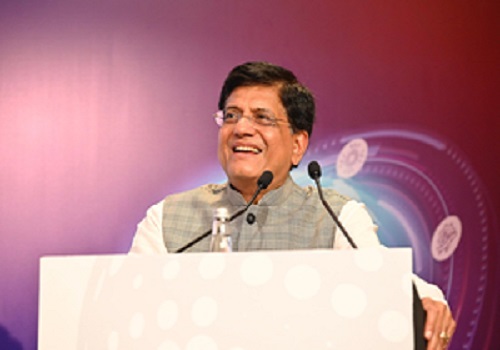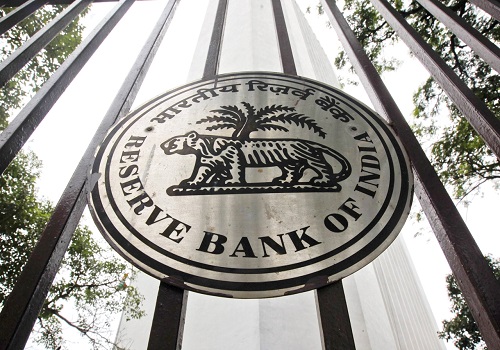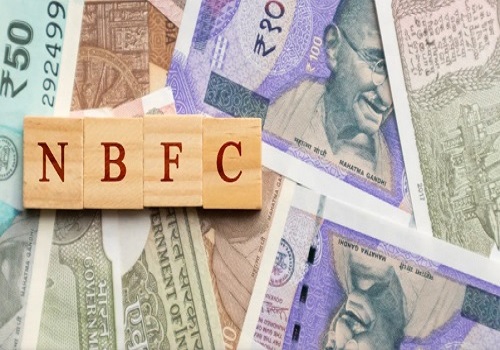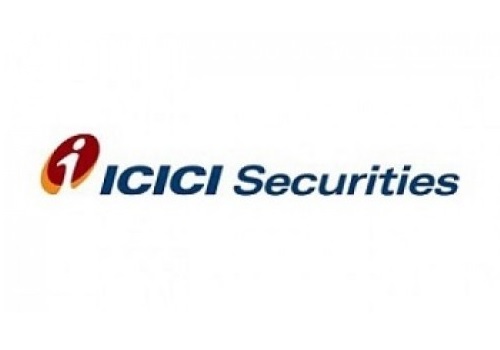Fixed Income Monthly Commentary – July 2021 by Pankaj Pathak, Quantum Mutual Fund

Follow us Now on Telegram ! Get daily 10 - 12 important updates on Business, Finance and Investment. Join our Telegram Channel
Below are Views On Fixed Income Monthly Commentary – July 2021 by Pankaj Pathak, Quantum Mutual Fund
Fixed Income Monthly Commentary – July 2021
The calm in the bond market broke by a sudden jump in inflation last month. The CPI inflation for the month of May 2021 (data released on June 14, 2021) surged to 6.3% in year-on-year terms. It was meaningfully higher than the broader market forecast of about 5.4% inflation.
The price surge was across the board. It prompted a significant upward revision in the inflation estimate for the whole of FY22. Headline CPI inflation is now expected to average around 6.0% in FY22. Earlier forecasts were around 5.1%. It also changed the market expectation of the policy normalization timeline. With acceleration in inflation momentum, the RBI may start policy normalization sooner than later. It may withdraw the excess liquidity first and then move to rate hikes. The bond market reacted sharply to the inflation surprise. Bond yields moved up by about 10-20 basis points across the curve except for the 10-year benchmark bond that moved up by only 4-basis points. Divergence in the 10-year G-sec was primarily due to RBI’s disproportionate intervention in security. As of June end, the 10-year benchmark Gsec closed at 6.05%.
The RBI continues to intervene heavily in the bond market. The monetary policy meeting at the start of the month raised the quantum of the GSAP program. In Q2 FY22, the RBI will purchase government bonds of Rs. 1.2 trillion under GSAP 2.0. Furthermore, it has been actively intervening in weekly debt auctions by devolving and cancelling auctions to keep yields at lower levels.
RBI’s tactical interventions and committed bond purchases under GSAP will continue to support the bond market in the near term. However, the macro backdrop has turned adverse for the bond market.
The Brent crude oil price is sustaining above USD 75 per barrel. Given the sharp pick-up in economic activity globally and the gradual opening up of economies, it may remain elevated for some time. In the near term bond market will closely follow the movement in crude oil prices
Inflation is picking up globally. CPI inflation in the US surged to 5% in May 2021. It is the highest US CPI reading in 13 years. Many of the FOMC (US Fed policy rate setting) members are openly advocating for reducing the size of asset purchases and pursue rate increases sooner than earlier envisaged. In the June FOMC meeting, the FED acknowledged the risk of inflation picking up. It raised the dot plot (members' expectation of future policy rates) higher, implying at least ~ 2 rate hikes in 2023. There is enough evidence that the monetary policy cycle is about to turn globally. It could have a significant impact on emerging markets like India that depends on external capital flows.
Even in the domestic economy, inflation has started to feed into future inflation expectations. The household inflation expectation survey of the RBI shows that households are expecting inflation to pick up in the future. In FY22, headline CPI inflation is expected to touch the upper threshold of the RBI’s inflation target. In the August monetary policy meeting, we expect the RBI to raise its inflation forecast closer to 6% (current estimate of 5.1%) and change its forward guidance accordingly to factor in the inflation risk. It may start withdrawing the excess liquidity and hiking policy rates by the end of 2021, provided economic growth sustains the current trend. In our opinion, inflation and monetary policy normalization will play a more crucial role in shaping the interest rate trajectory over the medium term. We also argue that bond yields have already bottomed out in this cycle and are likely to move higher over the next 2-3 years.
Given the expectation of rising interest rates, it would be prudent for investors to focus on shorter-maturity funds that impact less when yields rise. Remember bond prices and debt funds’ NAV fall when market yields move up.
Conservative investors should stick to very short maturity debt categories like the liquid fund. Investors with a longer holding period and an appetite to tolerate intermittent volatility could consider dynamic bond funds. These funds can change the portfolio’s risk profile depending on evolving market situations.
We also suggest investors lower their return expectation from debt funds as the potential for capital gains will be limited going forward.
Above views are of the author and not of the website kindly read disclaimer





.jpg)




Tag News

Monthly Debt Market Update, September 2023: CareEdge Ratings













